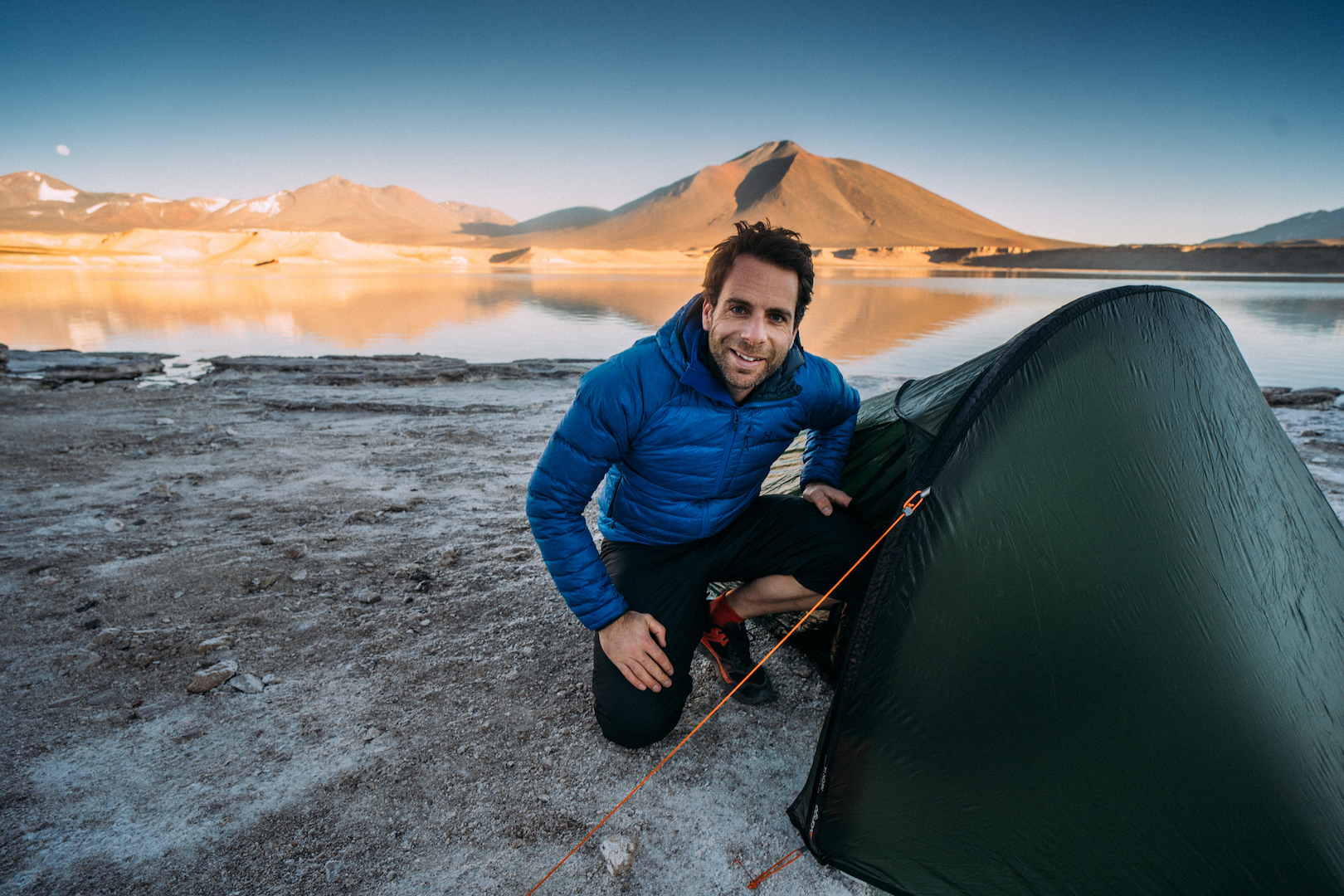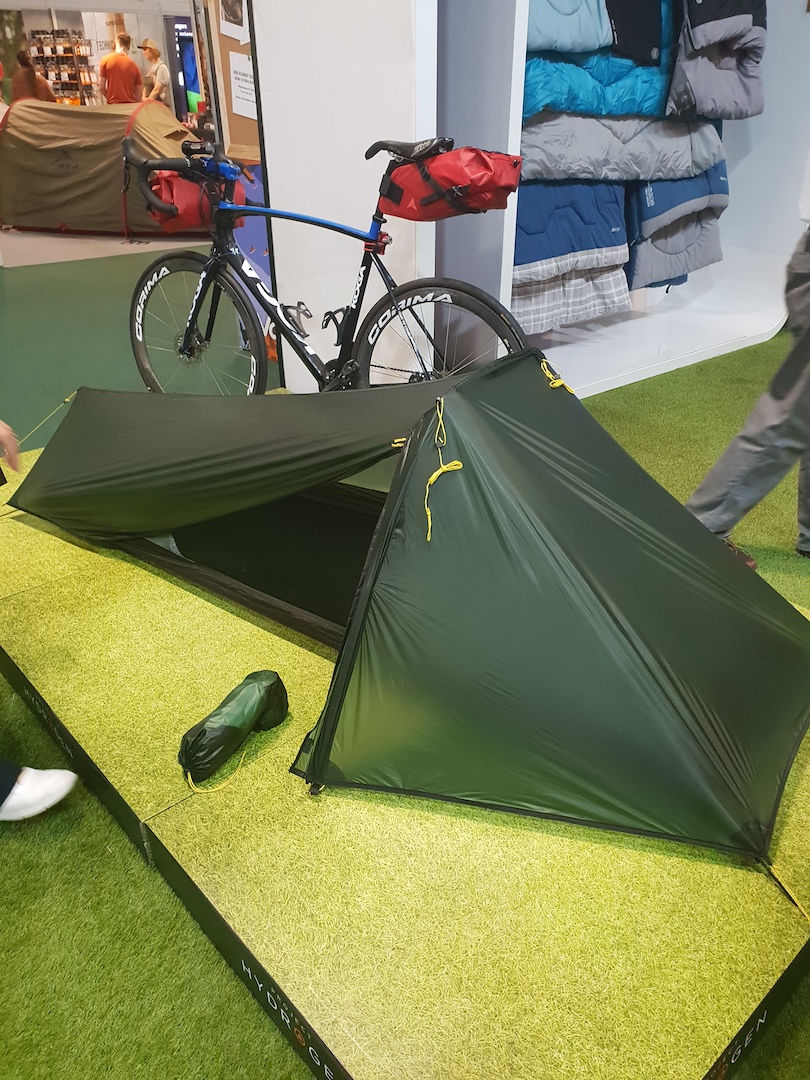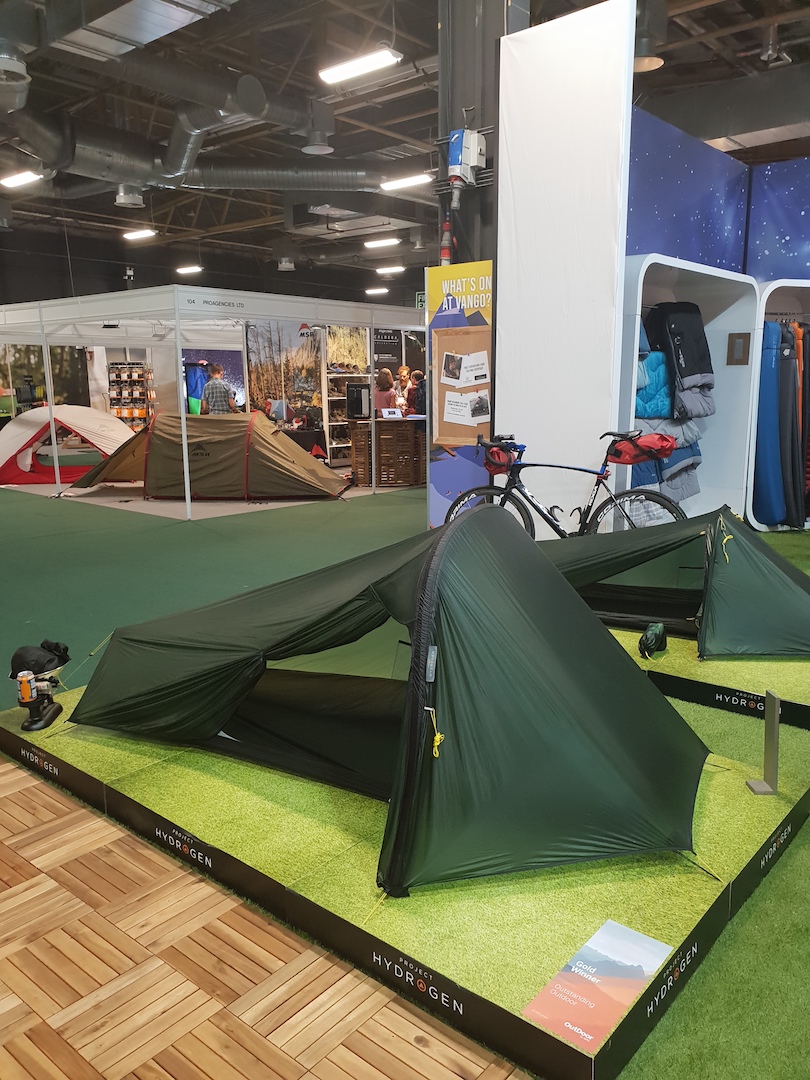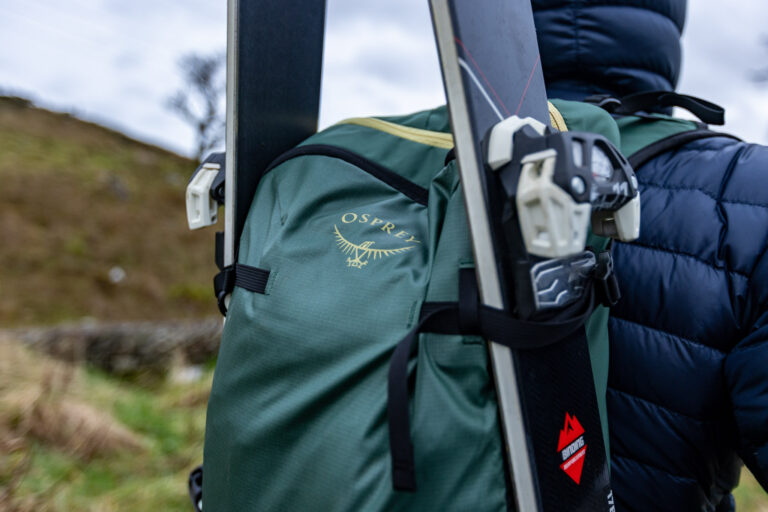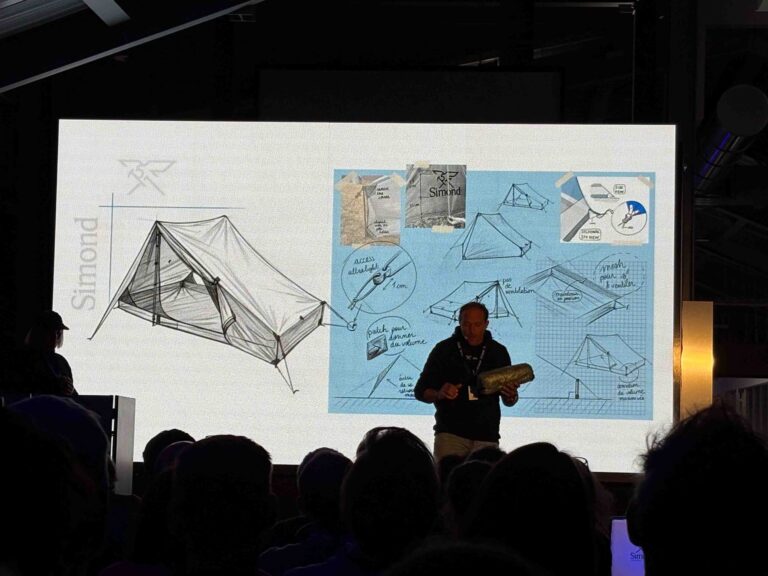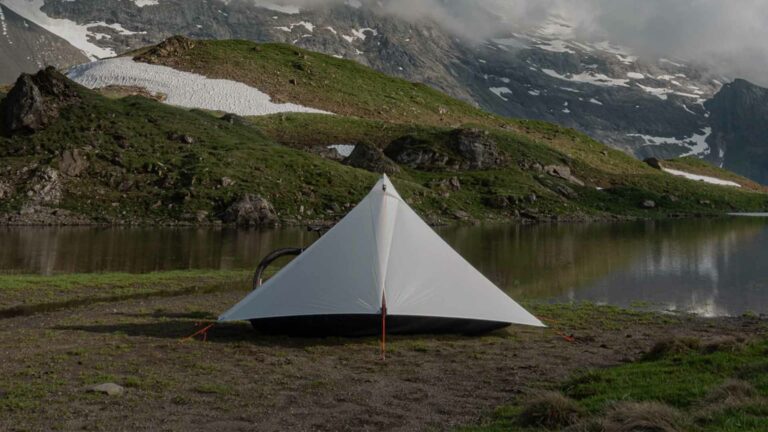Only 30g heavier than a tin of Heinz baked beans.
That’s the new Neon UL tent in Vango’s Force Ten Alpine range that we’re talking about, set to be one of the lightest tents you’ll find on the market and the second in a pair of highly innovative releases from the Scottish brand, the other one being their groundbreaking new Project Hydrogen.
Here’s what you need to know about them…
Vango Force Ten Neon UL
This new tent from Vango has the same single hoop design and two wall construction as their popular Helium backpacking tent. There’s a big difference in weight though. That original model weighed 1.2kg while this one comes in at just 465g (‘trail weight’ is 445g according to Vango). Phenomenally light, that.
It’s all down to the high-spec materials. The main pole and the single one at the foot of the tent are both carbon fibre, the pegs are made from titanium and the flysheet is a 7 denier silicone coated ProTex.
All packed up, it’ll take up less than a litre of space in your backpack.
Cost? £500. Not cheap unfortunately but, in fairness, there are more expensive solo tents out there.
Vango Force Ten Project Hydrogen
What we have here is the world’s lightest twin skin tent with AirBeam Technology. In other words, it’s the first ever inflatable backpacking tent, a groundbreaking design that has already managed to pick up a major industry award.
Like the Neon UL, it has a single hoop and two wall construction with one short pole that props it up at the foot end. To inflate the AirBeam you’ll need either a bike pump or a C02 canister. That might be an inconvenience to backpackers perhaps, but for cycle tourers and bikepackers, who’ll more often than not be carrying a pump anyway, it’s pretty smart.

